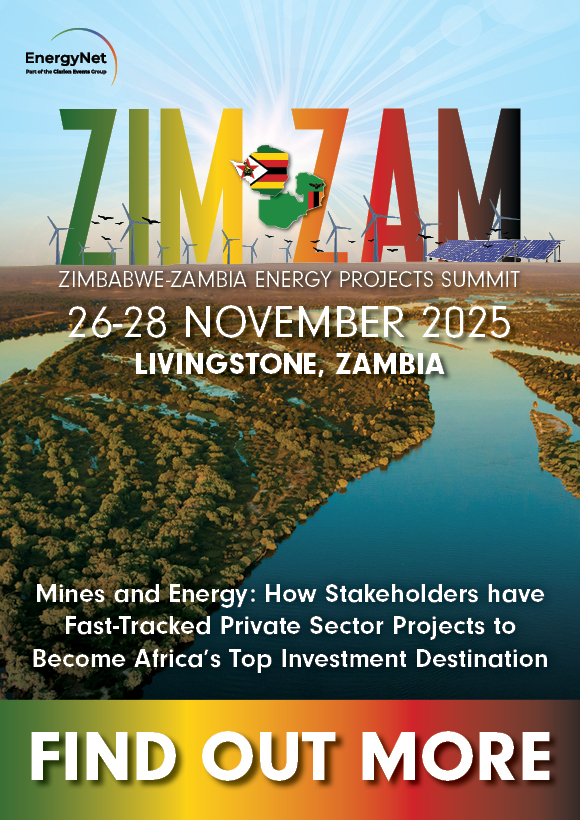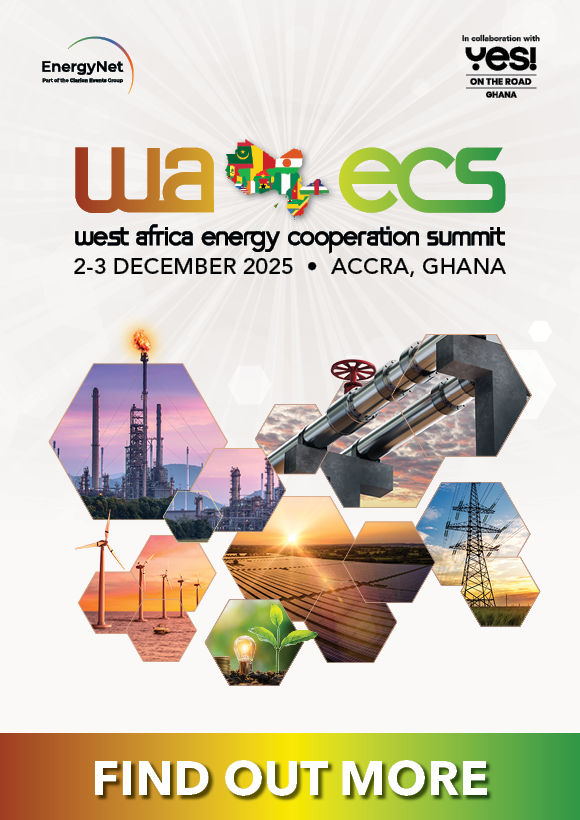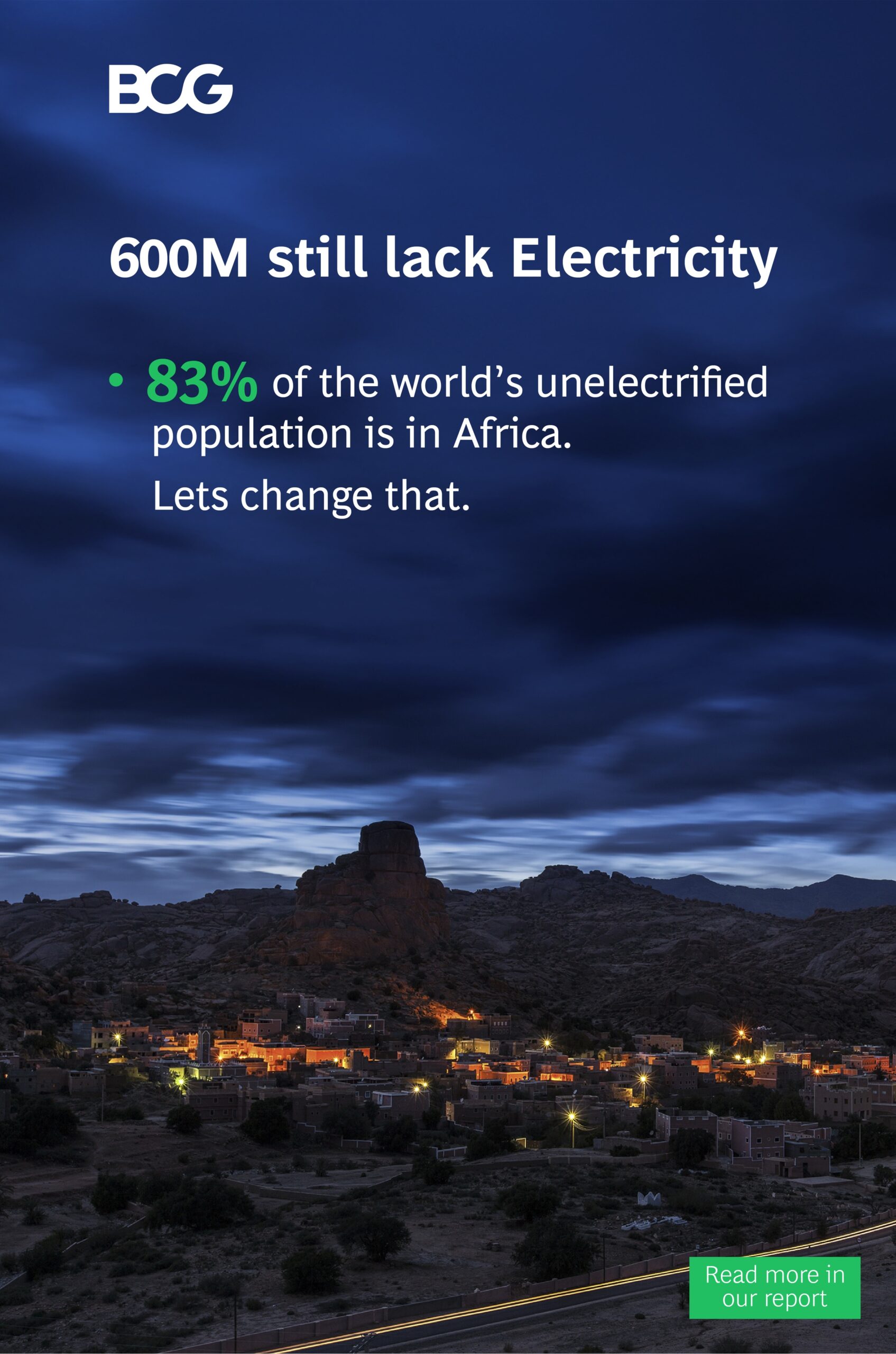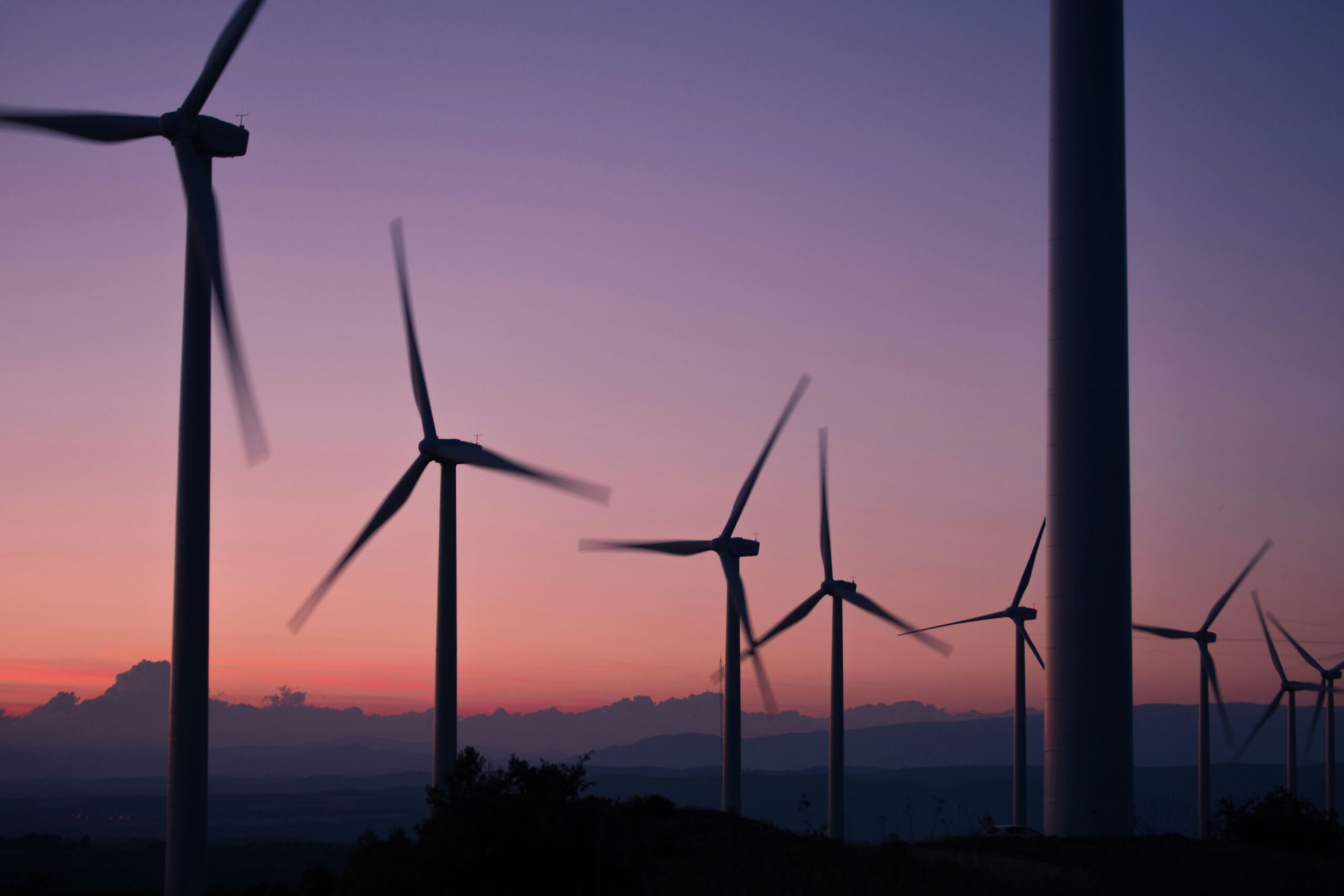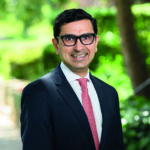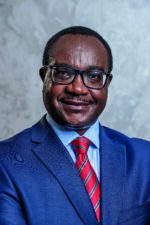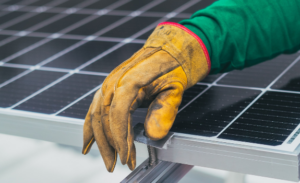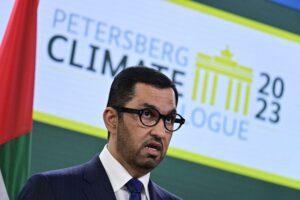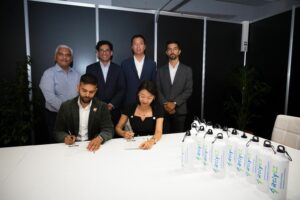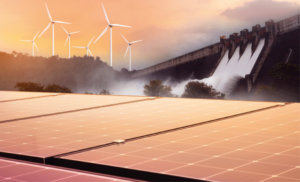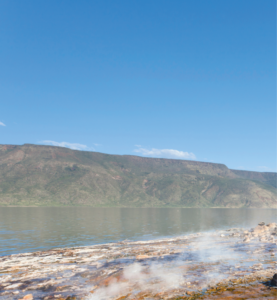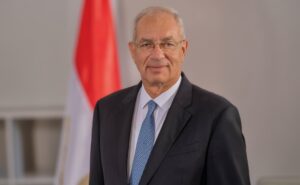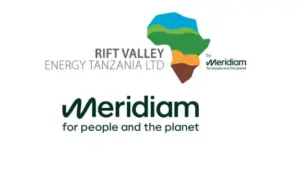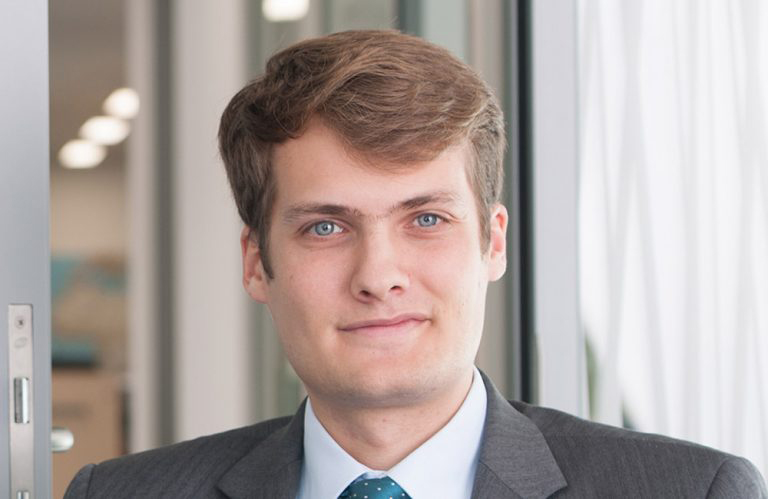
Interview with , British International Investment
A lack of adequate financing for tackling climate change in Africa has become dire and is "choking" the continent, African Development Bank President Akinwumi Adesina said this week. How can investors like BII bridge the gap?
As the UK's development finance institution, British International Investment is the UK government's primary vehicle for climate finance. Our climate strategy prioritises investments that lay the foundations for net zero emissions by 2050 – supporting African economies to adapt and become more resilient to the impacts of the climate crisis. Our impact investment model makes us an ideal partner for African businesses that will be the driving force for lifting populations out of poverty and providing the bedrock for sustainable, long-term economic success.
We committed $7 billion and mobilised £2.5 billion in climate finance in the last strategy period, and as part of our current strategy, we have set a target of 30 percent of all total new commitments to be invested in climate finance, making us one of the largest climate investors in Africa.
Our investments offer flexible funding to sectors, businesses, and communities. This approach helps to bridge the gap and provide more productive, sustainable and inclusive solutions that respond to the effects of climate change.
Are there enough risk mitigation instruments in place in Africa to ensure that investors have the confidence to enter the market?
Investing and operating in Africa comes with inherent and perceived risks. The risk mitigation tools developed by institutions, including the Multilateral Investment Guarantee Agency and the African Development Bank, are some of many instruments within our ecosystem, and DFIs should continually explore where more support can be offered. However, risk mitigation products as standalone tools cannot substitute for sustainable underlying electricity sectors, which provide sufficient confidence for local and international investors to enter markets. We see some encouraging trends of de-regulation to allow for other modes of procuring power projects, such as the commercial and industrial sector growth in South Africa, which can also be part of the solution.
Viability gap funding for new technologies is also often required alongside risk mitigation products to create an environment where investors can have the confidence to develop and construct new projects. Our Catalyst strategies help channel capital into more fragile and developing economies. Greenovate aims to create, through viability gap funding, new ways to tackle the financing constraints for high-impact infrastructure projects. Through BII Plus, our technical assistance facility, we supported the Cuamba solar plant in Mozambique, where Globeleq, majority-owned by BII, developed one of the first IPP grid-scale storage plants in sub-Saharan Africa. BII Plus provided a grant to fund the first-of-its-kind storage unit and share learnings within the sector.
As the opportunities of green finance become clearer to countries in the wake of the COP process, is it becoming easier to invest in renewables?
Contexts differ significantly across jurisdictions. However, one common and encouraging theme is that more and more countries in the continent are procuring or have plans to procure solar and wind energy projects. This marks a step change compared to 10 years ago and has been a growing trend alongside the COP process.
However, other constraints to growth in renewables – which BII is committed to developing solutions to overcome – persist in the context of macroeconomic and electricity sector tariff deficits in several countries' electricity sectors, grids requiring strengthening to absorb more intermittent power and the need to match new supply to associated economic growth so that power systems are well balanced.
The larger renewables markets in Africa are evolving, and in South Africa, we are excited about our recent ZAR 600 million commitment with Norfund in H1 Capital – a South African black-owned and managed renewables investment and development company. The investment target supports the addition of c.2.4GW of gross renewable capacity in South Africa over time, expanding access to power and contributing to the avoidance of 6.2 million tons of CO2 annually.
To what extent has the difficult global economic environment hit green project financing?
The recent global economic environment has affected the development and construction of new renewables projects in Africa in two ways:
Inflation in costs and supply chain constraints as a result of Covid-19 have reversed the trend up to that point of continued year-on-year decreases in renewables capital costs: this has created a back-log of projects in Africa (as in other markets where we invest, such as India) where tariffs bid out in different macroeconomic conditions need to be re-calibrated to reflect the latest economic environment.
Secondly, with macroeconomic challenges in the context of rising interest rates, currency devaluation, debt distress and reduced foreign exchange availability, some electricity sectors are undergoing periods of stress which has delayed the process of projects reaching financial close.
However, despite today’s headwinds, the fundamental need for power and further investment in renewables remains, and we are optimistic that today’s challenges will be overcome.
Could a functioning green bond market open up new pathways for project funding?
Green bonds can contribute to a funding ecosystem but usually require a large scale of underlying projects as the costs to issue them can be considerable. Nevertheless, there have been examples of green bond financing to date in the energy sector in powerhouse economies, such as Egypt, where BII invests; in South Africa, we have also seen innovative refinancings of existing debt to reduce tariffs to electricity offtakers and ultimately end users, such as Globeleq’s refinancing of some of its 384MW operating renewables which will save Eskom ZAR 1bn over the remainder of the terms of the power purchase agreements.
What are the most promising untapped priority energy sectors that Africa can address immediately?
Beyond our growing portfolio of solar and wind projects, BII has also been at the forefront of pioneering the development of other large-scale renewable energy technologies across the continent, which must be developed as part of the journey to net zero.
In hydroelectricity, we backed with EUR90m debt the Nachtigal hydropower project in Cameroon, Africa's largest private-sector hydropower plant, which will add 30% to the grid's capacity. We have a joint venture with the Aga Khan group of companies in hydropower in East Africa and committed up to $200m of capital over the next few years in a joint venture with Scatec and Norfund, the largest investment in hydropower in our 75-year history, to construct a pipeline of new projects, including the first tri-national PPP in Africa (Ruzizi III HPP) and Malawi's largest power plant (Mpatamanga HPP) amongst others.
In geothermal, Globeleq has recently signed financing agreements for one of the pioneering Menengai geothermal projects in Kenya, while we are lenders to concentrated solar power in South Africa through the Redstone project. Our $135m loan to Scatec’s Kenhardt project supports the continent’s largest renewable energy project with batteries, providing 540 megawatts (MW) of solar power capacity and 1.1-gigawatt hours (GWh) of battery storage capacity.
How has creating different platforms – such as Globeleq, Gridworks etc – helped BII to diversify its investments and support green growth?
After 75 years of successfully investing in Africa, our experience helps us identify gaps and establish companies that create market-shaping impact.
Globeleq has doubled its capacity in operations and under construction since it took over control of the company in 2015 alongside Norfund, expanding its role as the largest private developer, owner, and operator of independent power plants in sub-Saharan Africa. It has the necessary ability to bring new projects to market and innovate while doing so. Globeleq developed the first large-scale solar project to reach financial close in East Africa at Malindi. It has rehabilitated the ARC solar PV plant in Benban solar park in Egypt and recently signed a green hydrogen framework agreement with the Egyptian government at COP27. It has also developed and is constructing the Paris-aligned Temane project, which provides flexible gas power to support the transition to renewables over time.
At the same time, transmission and distribution are key to improving energy access but are one of the main challenges directly limiting the addition of new energy generation capacity on the continent, especially intermittent generation. To address this, we launched Gridworks in 2019, developing projects in transmission, distribution and mini grids in Africa.


